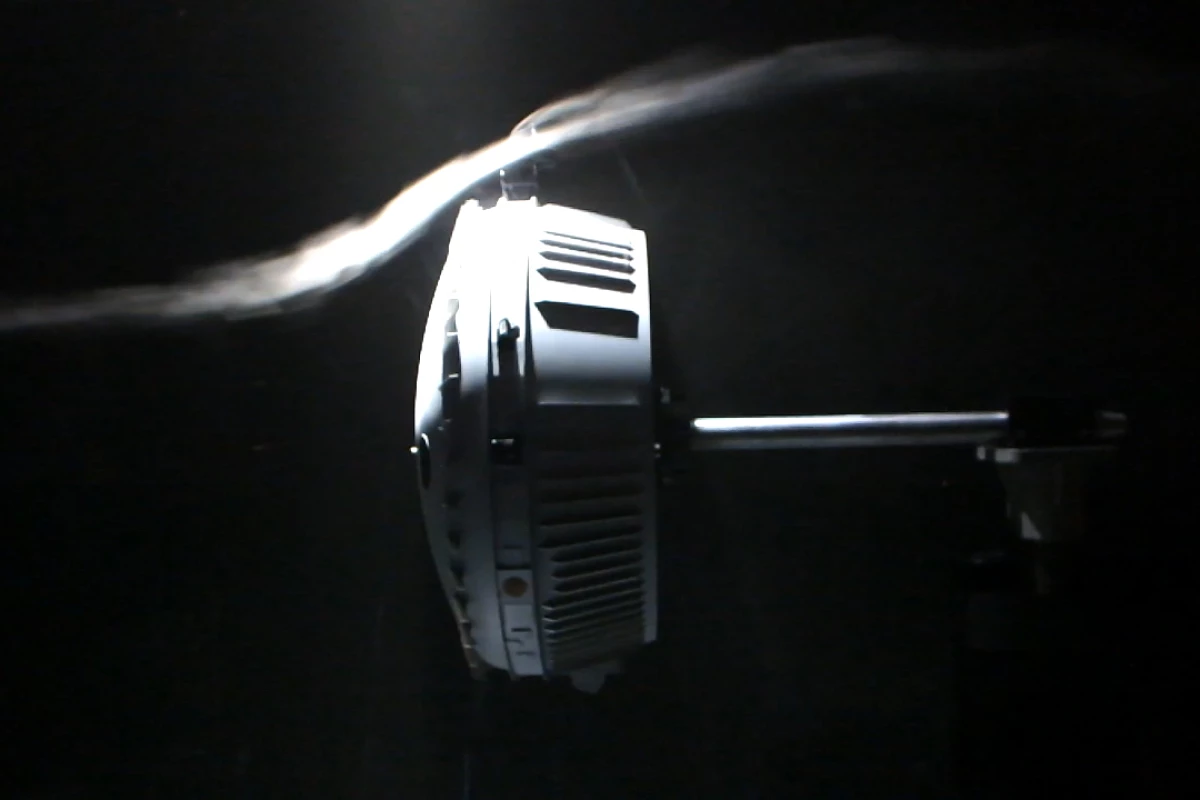ESA engineers have determined why the space agency's Huygens probe suddenly began spinning the wrong way 15 years ago as it descended to the surface of Saturn's largest moon, Titan. The first spacecraft to land on a world of the outer solar system, the reversal of its spin could have implications for future space missions.
In many ways, the Huygens mission was an unqualified success. It was launched in 1997 as a ride-along of the NASA/ESA/ASI Cassini-Huygens mission with the task of descending by parachute into the methane atmosphere of Titan and, if it survived, sending back data from the moon's surface. It did this but there was one major glitch that remained a mystery.
While the unmanned Cassini probe was in orbit around Saturn, Huygens was released to coast on its own for three weeks before landing on Titan on January 14, 2005. As it approached its target, the lander spun in an anti-clockwise direction at a rate of 7.5 RPM – a standard practice for stabilizing a spacecraft by effectively turning into one big gyroscope.

The idea was that as the probe encountered the outer atmosphere of Titan, 36 angled vanes aboard would slow and control the spin. But as Huygens began its descent, the spin slowed down more than anticipated and within 10 minutes it was rotating in the opposite direction. It continued doing this for the next two hours and 15 minutes of the descent, and though this affected the timing of some observations, the spin rate was such that it didn't interfere with the mission too much.
However, the question remained. Why did Huygens reverse its spin? This was of more than academic interest because trivial mistakes can have catastrophic consequences, like when NASA's Mars Climate Orbiter burned up in the Martian atmosphere because of a mix up between Imperial and metric measurements.
According to ESA, recent subsonic wind tunnel tests at the PRISME Laboratory at the University of Orléans, France, have uncovered the culprits, these being Huygens' Separation Subsystem (SEPS) and the Radar Altimeter (RA) antennae. When these were deployed they acted like airfoils and forced the probe in the opposite direction until they overcame the control vanes and the spin flipped direction.

The space agency is continuing to study the incident, especially the effect of the Huygens Atmospheric Structure Instrument (HASI) booms, which may not have deployed fully during descent, to better understand exactly what happened and use this knowledge for improving the chances of future planetary missions.
The video below shows a replica of Huygens undergoing wind tunnel tests.
Source: ESA






